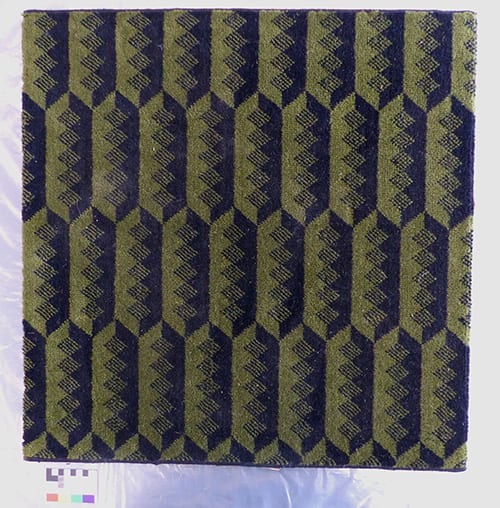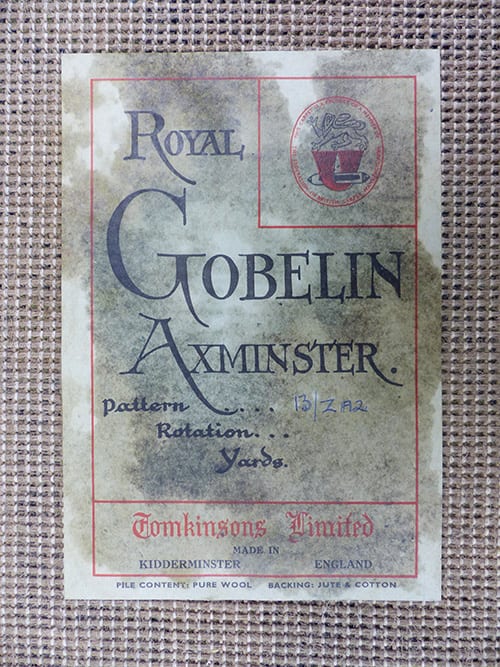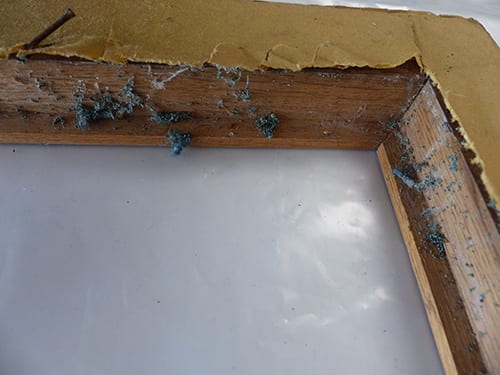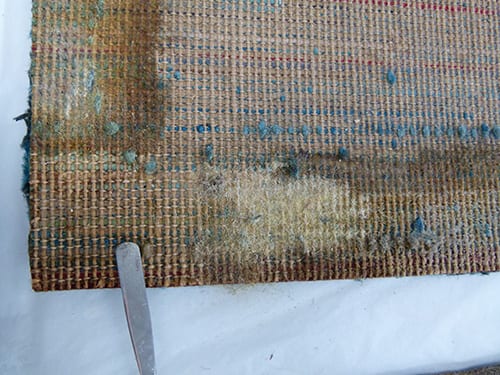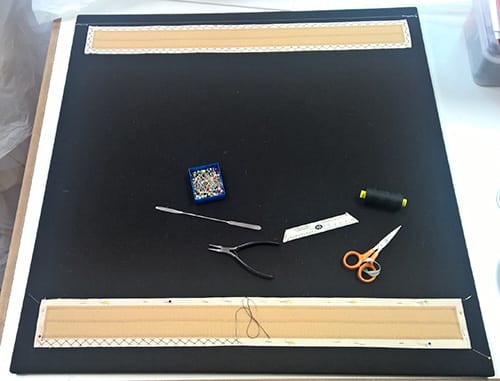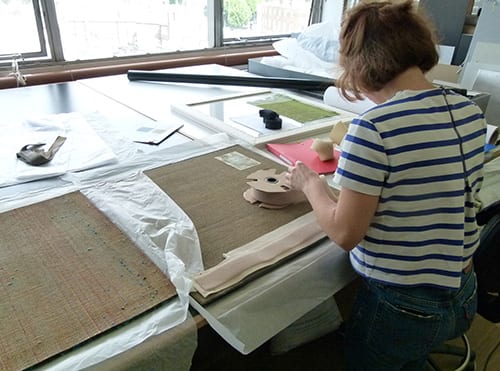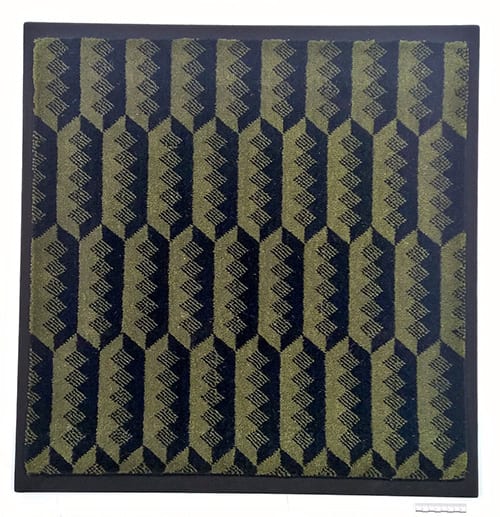Newsprint
So…. let’s talk news! None of us can deny that it has been a bit of a time for breaking news, ranging from the U.S. election to the COVID-19 vaccine trial success – and everything else in-between.
I’ve returned to Brighton from my month in Finland. On the 31st October there was an article in the daily newspaper Helsingin Sanomat, written by Anni Lassila, about the last of Finland’s newsprint paper manufacturing machines being turned off in December this year – with a title stating ‘The End of Paper’ (see above), which certainly caught my attention! The article explores Finland’s history of newsprint making – for example, I was fascinated to read that in the 1920s, newspapers in England were printed on newsprint made in Finland. Finland’s first newsprint machine was switched on almost a hundred years ago in a town called Varkaus and this year the last remaining one will be switched off in Kaipola, resulting in over 400 job losses. According to the article, and to give you a better idea of the trend, production of printing and writing paper in Finland was at over 10,000 tonnes in the early 2000s, but has now fallen to around 2,300 tonnes.
I spent some time researching similar stories in the U.K. and the scene is much the same – as an example, the newsprint plant in Shotton in North Wales is also closing and up for sale at the end of this year.
As we move at what often feels like breakneck speed towards everything-digital-now, it’s easy to forget about where we started: paper. Work memos are now online, newspapers are online, in fact it feels like most of our lives seem to be lived online – and very seldom do things get printed out. You can, of course, also extend the last statement to photographs.
To bring this back around to the general theme of this blog, the Finnish article got me thinking about newsprint from the conservation perspective.
Newsprint is notoriously acidic and from a paper conservation perspective, I’d go as far as stamping it a bit of a nightmare. It is made in huge quantities from machine-made wood pulp and has never been produced for longevity – after all, it is usually discarded or recycled the moment the day’s paper has been read. Newsprint contains lignin, which is there to hold the fibres of the paper together. Lignin is a three-dimensional polymeric material containing acids which cause the paper to break down and yellow over time. It is not only newspapers that use newsprint: I am sure we are all familiar with old paperback books that have gone a hideous brown colour over time – below is one (not too badly deteriorated, yet) example from my bookshelf at home!
So what can we do to help? First and foremost, good storage is massively important with newsprint – it should always be stored flat and completely supported, ideally in room temperature and with a relative humidity of around 35%. Newsprint should also be kept away from light and heat – we all knows what happens to a paper left outside in the sunshine (when we have some)! With a nudge to my last blog post and the role of the conservator in digitisation, it is clear that newsprint is a good candidate for digitisation prioritisation in collections. With light being one of newsprint’s enemies, digitising newsprint on a scanner will expose it to a very strong light, but since this moment is brief and is done with the item’s (digital) longevity in mind, it feels an acceptable thing to do. It is strongly recommended that newsprint doesn’t get exhibited, which means making a facsimile copy from a digital file is the best way forward for exhibition purposes.
There is a conservation method which can be used to neutralise newsprint. This takes form in a process called de-acidification and weirdly enough, involves many chemicals! Soaking up the cellulose in water alone can restore some of the paper’s strength but to neutralise the acid, the paper would require washing in a mild alkali bath. Obviously with newspapers this is quite often not feasible merely due to the size, volume and fragility of the newsprint (it may well simply disintegrate when introduced to water), so the general guidance would be to store them as best you can and to digitise, while being mindful that your digital preservation measures are solid too.




